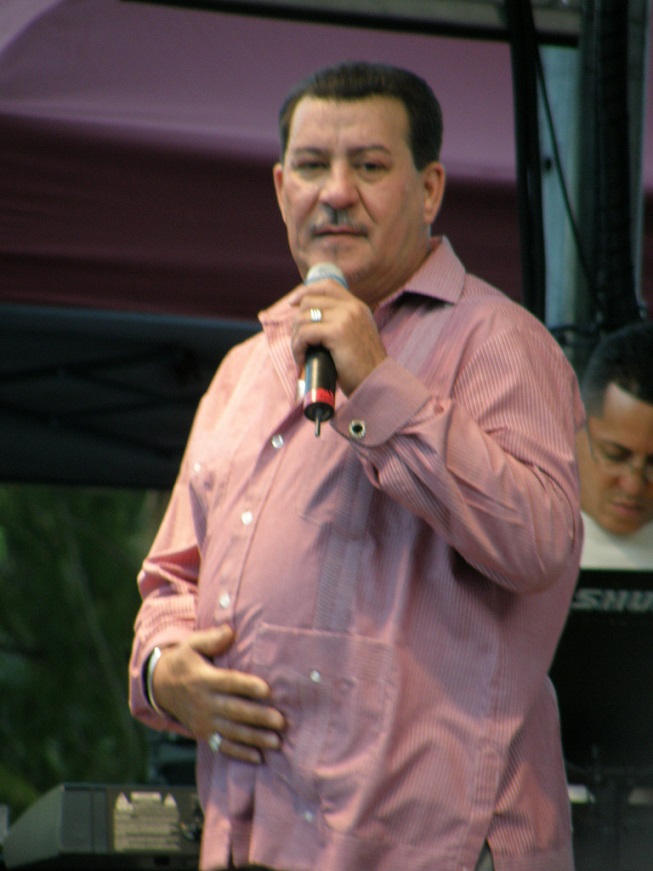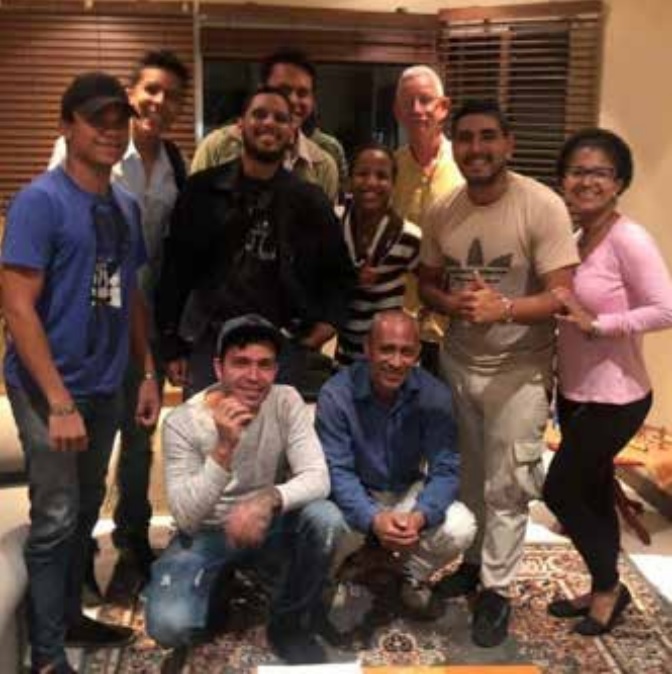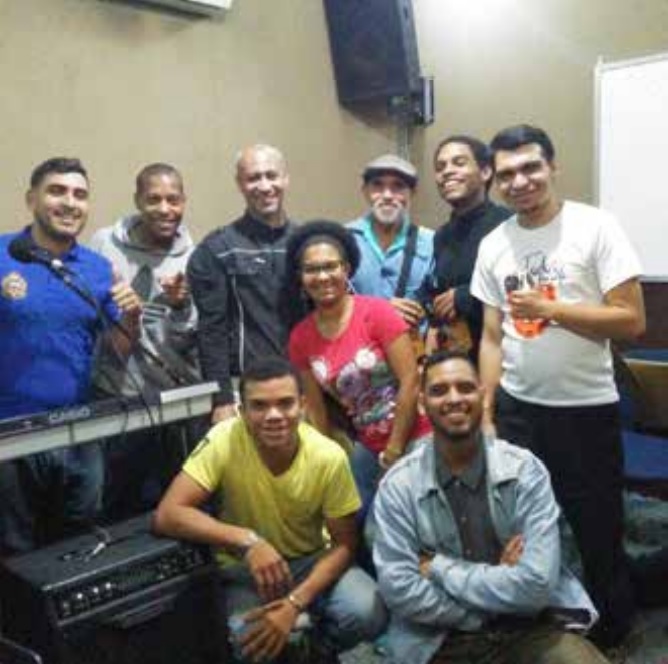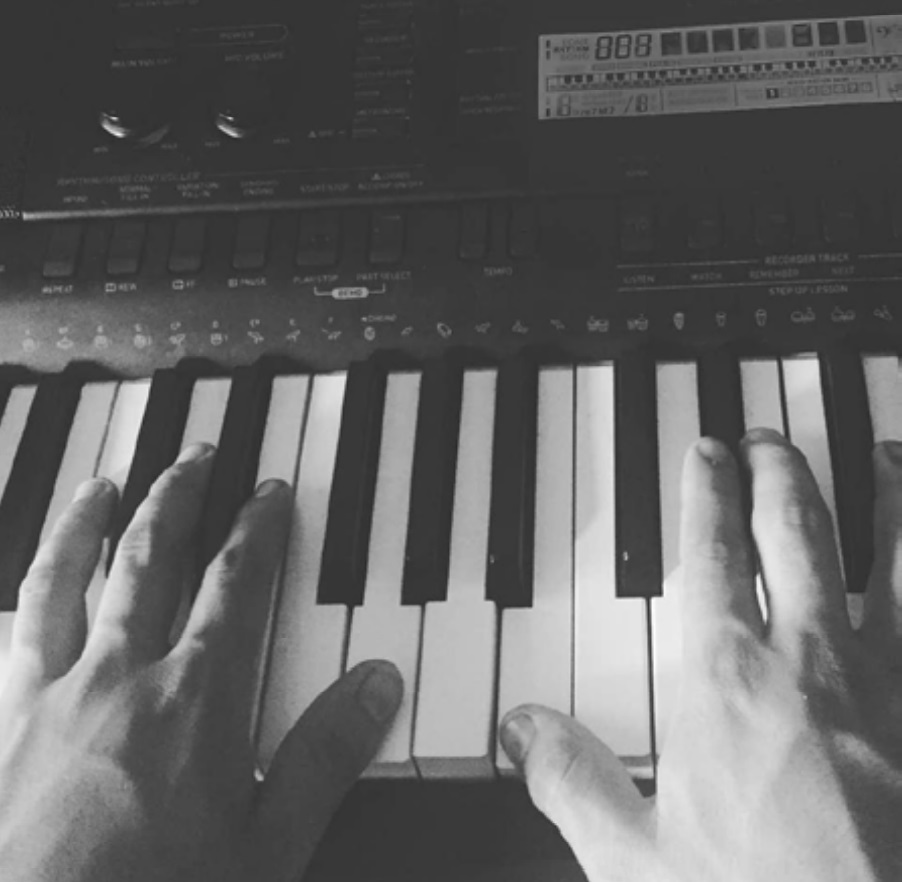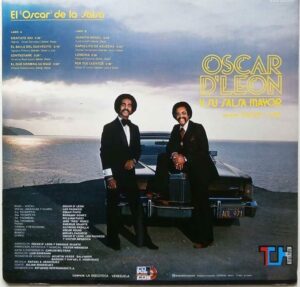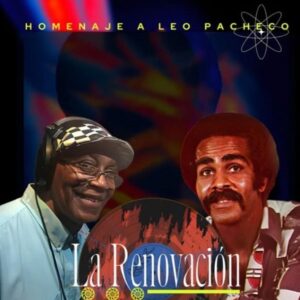Latin America / Colombia / Bogota
Mimi Ibarra Colombian singer-songwriter. Her talent makes Latin American women proud
Elizabeth “Mimi” Ibarra was born in Colombia in the department of Choco. Since she was a child she dreamed of being able to venture into music as a performer, but “Mimi” was far from imagining that she would first become known internationally as a composer.
It all started when “Mimi” Ibarra dedicated herself to writing melodies, she felt happy doing it and as she describes it “it was definitely a gift from God” she kept the songs she wrote. She composed some songs for a record label in her native Colombia.
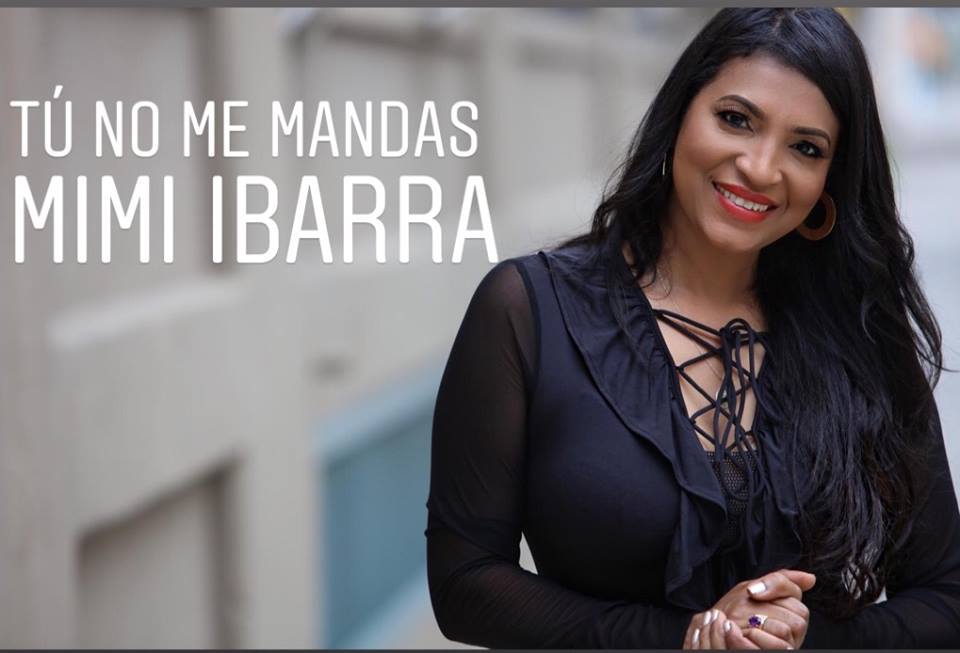
Her first song as a composer “Amor ingrato” was recorded in Puerto Rico by Milly, Jocelin y los Vecinos for the Musical Productions label.
“Mimi” Ibarra wrote songs that were definitely hits such as: “Señora”, “Nobody’s Toy”, “Déjala”, “Morena Linda”, “Tell him” and “Te Propongo” in the voices of well-known salsa performers like Tito Rojas, La Puerto Rican Power, Tito Gómez, Anthony Cruz, Maelo Ruiz among others.
“Mimi” Ibarra, romantic par excellence… a woman who has the virtue of writing beautiful songs dedicated to love, but who in turn considered that it was time to offer the public songs with romantic lyrics that were also danceable.
After becoming known as a composer “Mimi” Ibarra, she makes her most cherished dream come true… to become a performer. In the first production, the eight songs are of his inspiration, among them “así”, “que tiene ella”, “Para Quererte” and “No puede ser” in duet with Anthony Cruz.
In the second production the themes “hurts” (a duet with Tito Rojas), “I love you like this”, “Private Property” were heard.
These productions have taken her with her music to different places such as Panama, Colombia, the Dominican Republic, Puerto Rico; and cities like New York, Houston and Los Angeles, among others.
Now, he presents us with his fourth record production, with a very varied repertoire to satisfy all his followers.
The bachata “because I loved you so much” stands out, a theme that in turn was recorded as a ballad, in addition to “the Tun Tun dance, which is an indigenous rhythm of Colombia.
All songs are authored by Mimi Ibarra, arranged by Rafael “Bodo” Torres, Ramón Sánchez and Julio “Gunda” Merced.

Hit compositions by Mimi Ibarra
- Nobody’s Toy – Puerto Rican Power
- Déjala – Tito Rojas in duet with Tito Gómez
- I propose – Hector Rey
- I need you my love – Maelo Ruiz
- Why do I love you so much – Tito Rojas
- For that woman – Tito Rojas
- Lady – Tito Rojas
- It also hurts us – Tito Rojas
- I will cry – Tito Rojas
- Why do you refuse – Roberto Roena
- Compare me – Roberto Lugo
- If you let me love you – Roberto Lugo
- I couldn’t help it – La Mulenze Orchestra
- Blame Me – Luisito Carrion
- Your way of loving – Pedro Conga
- You are the only one – Nino Segarra
- Win – Tito Gomez
- Never let you down – Anthony Cruz
- Tell Him – Anthony Cruz

